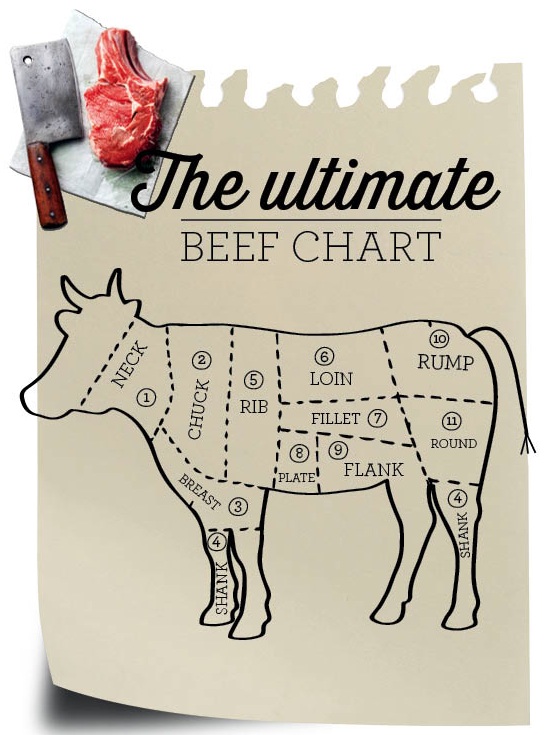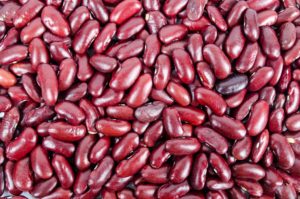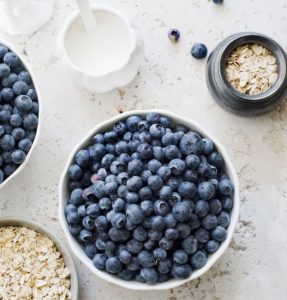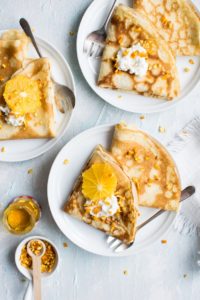Make sure you’re not drying out your shank or overcooking your fillet with this useful beef cut chart.
1. NECK
Known for Being sinewy and some of the toughest cuts of beef, BUT also rich in flavour. They require slow cooking to tenderise the muscles and connective tissues – but the wait will be worth it! Think of all the time in which the bones are imparting flavour, body and a deep, rich flavour to your dish.
Use Rolled neck, stews or any slow-cooker recipe that calls for lamb shanks or oxtail
R73/kg
2. CHUCK
Known for Being economical. As it’s a part of the animal that has worked the hardest during its life, it is one of the tougher cuts, making it more affordable. Don’t be discouraged though – it has lots of flavour! Like the neck, it needs long, gentle cooking.
Uses Braised shoulder, pot roast, mince, casseroles
R65/kg
3. BREAST
Known for Being fatty and moist. This is also known as ‘brisket’, depending on where in the world you are. It includes the outer and inner pectoral muscles, so like the chuck, it’s a very well worked cut and therefore can be slightly tough.
Uses Brisket, corned beef
R73/kg
4. SHANK
Known for Being lean – it is the foreshank and hindshank part of a cow’s leg. Due to the constant use of this muscle, it tends to be tough, dry and sinewy, so is best when cooked for a long time.
Uses Pot roast, beef bourguignon, soups, beef stock, mince
R75/kg
5. RIB
Known for Its rich flavour. Beef short ribs are the equivalent of spare ribs in pork, with beef short ribs usually larger and more meatier than pork spare ribs.
Uses Standing roast, rib-eye steak
R60/kg
6. LOIN
Known for Its fat marbling. The tenderloin is an oblong shape that comprises two cuts: the short loin and the sirloin. This muscle does very little work, so it is the most tender part of the beef.
Uses T-bone, porterhouse and sirloin steak, loin chops
R159/kg
7. FILLET
Known for Its tenderness. The most prized cut of beef, the fillet is extremely tender and does not require lengthy cooking – in fact, it really needs to cooked with tender, love and care so that you don’t destroy all of its amazing flavour. It’s usually the most expensive cut.
Use Steak medallions
R130/kg
8. PLATE
Known for Being economical, tough and fatty. It is the forequarter cut from the belly of a cow. The beef navel is the ventral part of the plate and is commonly used to make pastrami, the seasoned smoked beef.
Uses Boiling beef, mince
R75/kg
9. FLANK
Known for Its texture. The flank steak is from the abdominal muscles or buttocks of the cow. A common cut in Colombia, where it is known as sobrebarriga, meaning ‘over the belly’. It is packed with flavour, but can be tough, so it’s best to eat thinly sliced and cut against the grain for maximum tenderness.
Uses Rolled flank, stew
R80/kg
10. RUMP
Known for Being flavourful – it may not be as tender as fillet, but it sure is tasty! It is a lean, tender cut that is typically sliced into steaks. A rump roast (called silverside in the UK) is a cut of beef from the bottom round, the rear leg of the cow.
Uses Top round, steak, rolled rump, roast
R140/kg
11. ROUND
Known for Being lean. A round steak comes from the rear leg of the cow, making it lean and moderately tough. It doesn’t have much fat or marbling, so can dry out when roasted or grilled – which is why braising is the preferred method of cooking for this cut.
Uses Braised shank, soup, mince
R98/kg




